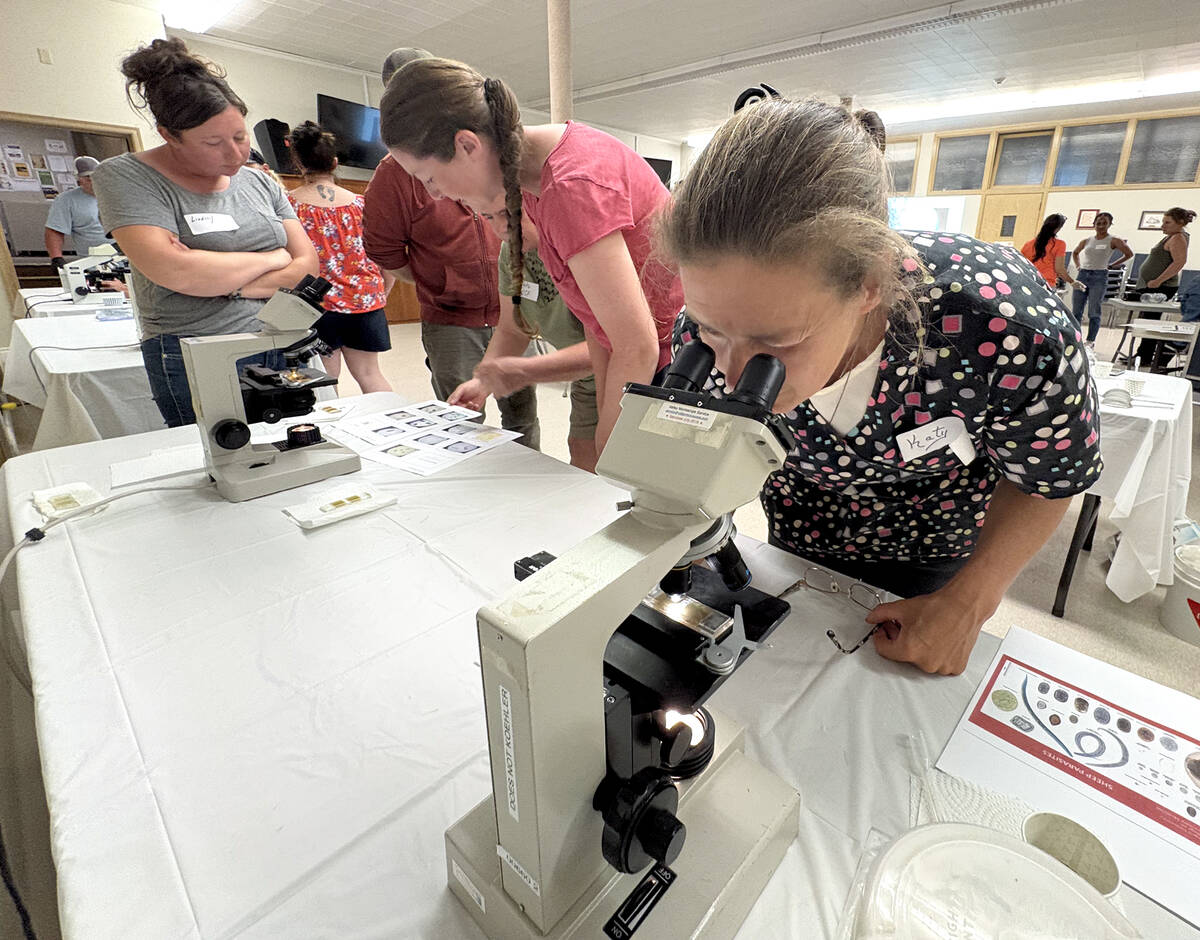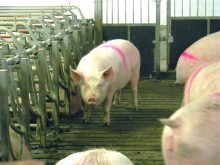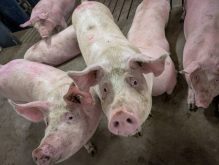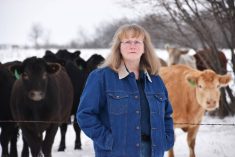The Canadian livestock and meat industries are wishfully thinking as they wait for details on how the $50 million promised for Canadian slaughterhouses in the federal budget will be distributed.
Jim Laws, executive director of the Canadian Meat Council in Ottawa, said he was surprised by talk that the money could be used to expand slaughter capacity in provinces where there is currently no livestock slaughter facilities.
Government involvement in open market slaughter and packing facilities is complicated at best, he said. “That is not the government’s specialty and if private sector investment did not put (a slaughter facility) up in a region then there was probably a reason for it,” Laws said.
Read Also

Smart deworming for sheep starts with individual fecal egg counts
Fecal egg count tests are one step to managing dewormer resistance and managing sheep parasites on Canadian sheep farms to maintain flock health.
There is also no need to expand Canada’s slaughter capacity, which on the beef side is already running at only 70 per cent of total capacity, Laws noted.
The CMC would prefer to see the money used to help pay for the disposal of specified risk materials as required under the Canadian Food Inspection Agency’s enhanced feed ban or used to help pay for food safety tests, which can cost up to $20 per test, Laws said.
The Canadian Cattlemen’s Association and the Canadian Pork Council are similarly without details on the funding plan, but also have wish lists which include funding for existing slaughter and packing facilities rather than money for new plants.
Rob McNabb, general manager of operations for the Canadian Cattlemen’s Association in Calgary, said the cattle industry needs the existing plants to be more profitable and that means removing costs rather than adding to capacity.
Providing funds to deal with the added costs of the enhanced feed ban or providing funds to enable provincial plants to meet federal regulations would be positive step by the government, McNabb suggested.
“If the slaughter facilities are competitive, then the cattle industry is competitive,” he said.
Martin Rice, executive director of the Canadian Pork Council in Ottawa, said they would like to see some of the money used to fund labour-saving technologies in facilities in order to increase the competitiveness of the Canadian pork slaughter industry.
“We can use the existing capacity more productively using technology that is already available,” Rice said.
However, the Manitoba Cattle Enhancement Council, or MCEC, has said it hopes the money will not flow to the “overdeveloped” beef industries in Alberta and Ontario but will instead be used to develop new capacity in Manitoba.
“It makes sense to invest in new slaughter capacity in Manitoba because forces are pushing both the supply and demand sides of the business. Producers need local options to remain (or become) profitable. With plants closer to home, they will pay less to get their animals to market. And the plants will be able to reduce costs and gain better quality control by buying directly from producers,” MCEC chair Bill Uruski wrote in a Winnipeg Free Press article.
At least one other Prairie province is eyeing the money as well.
Sask Pork general manager Neil Ketilson said the Saskatchewan Slaughter Plant Initiative, a group of investors planing to eventually construct a one-million-head-per-year hog slaughter plant in the Saskatoon area, has also made inquiries about the money.
“I think this is a step in the right direction for the federal government but unfortunately it is probably not nearly enough money considering all of the people who are looking at it,” Ketilson said.
Details about the distribution of the federal slaughterhouse funds were not available from the office of Agriculture and Agri-Food Minister Gerry Ritz.


















